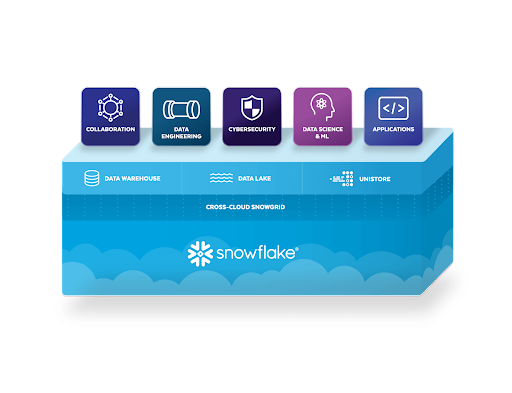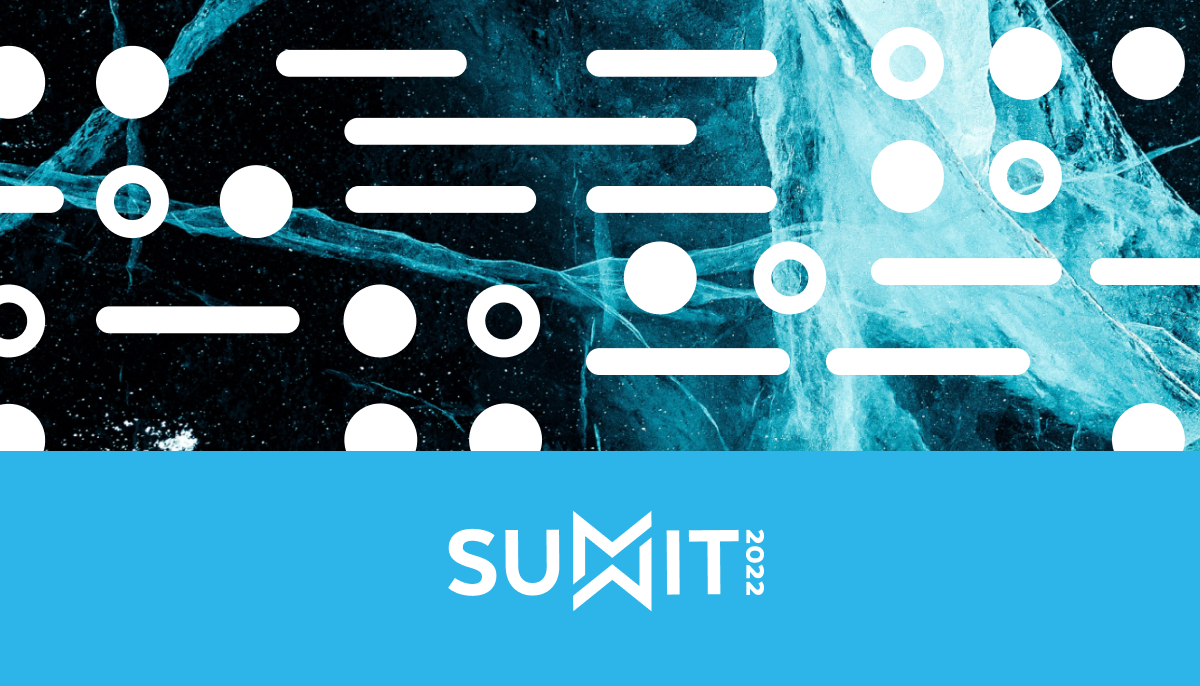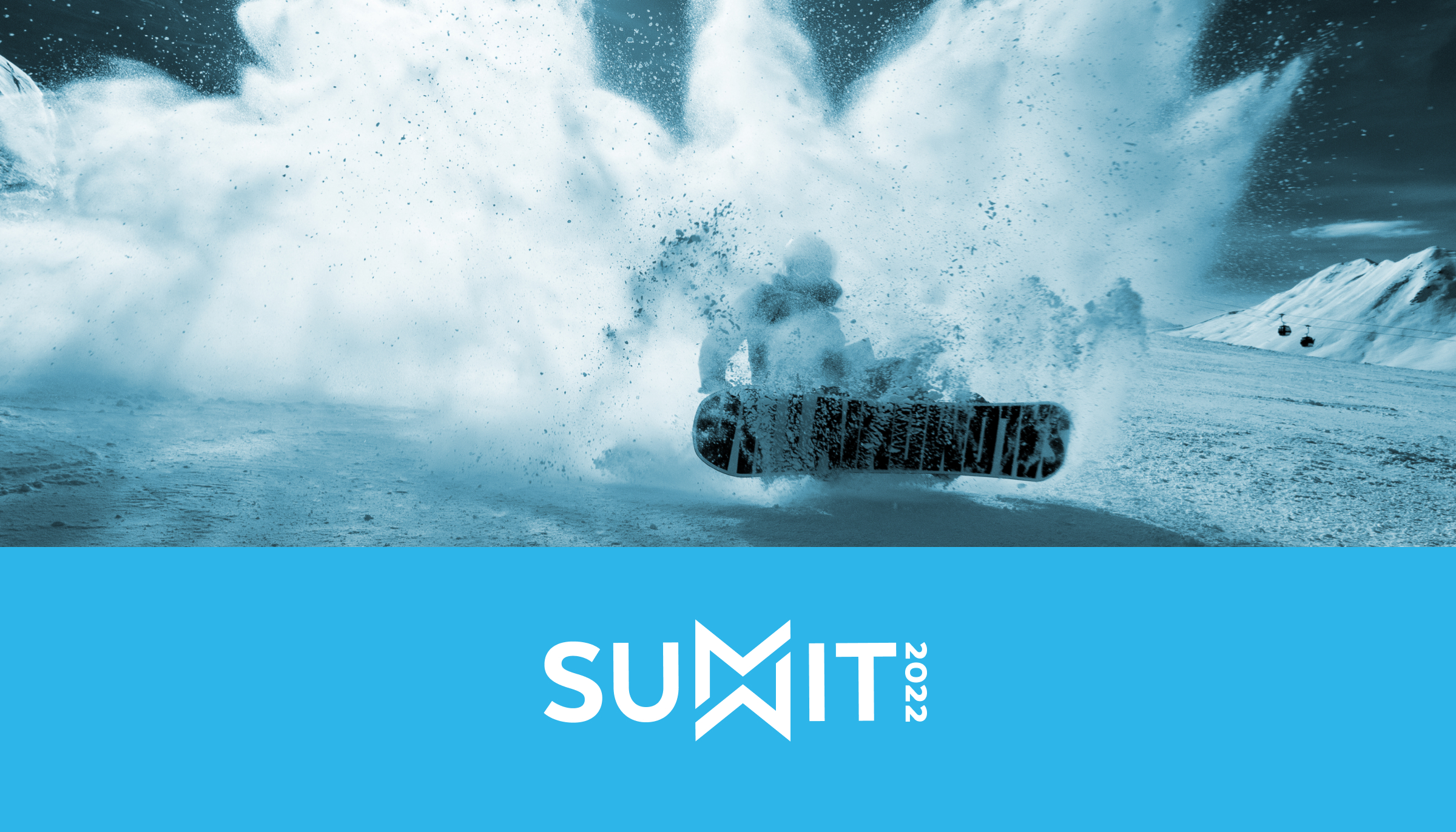We are thrilled to welcome thousands of customers, users, and partners to our in-person Snowflake Summit 2022. It is wonderful to come together, share best practices, and collaborate over the course of four days and across more than 250 sessions. We have no shortage of new innovations to share. Over the years, innovations to Snowflake’s Data Cloud have resulted in some massive disruptions to data analytics and collaboration, and today the expanded capabilities of the Data Cloud platform are disrupting application development and distribution.
We continue to improve the performance of our platform to help you run more use cases, more efficiently. We increased visibility into usage and costs, expanded the native governance capabilities, and even announced the future reach of the Data Cloud with data stored in open formats or on premises. We continue to advance the programmability of the Data Cloud, with advancements in Python support for developers, data scientists, and data engineers.
To support the future of application development, Snowflake’s Marketplace is no longer restricted to just data. Now, applications can be discovered by users and monetized by providers with new ways to build and deploy these applications quickly and easily, all within Snowflake. We are proud to announce two new workloads, Cybersecurity and Unistore.

Pushing the boundaries of the Data Cloud
With the newly announced Iceberg Tables in Snowflake, currently in development, users can work with Apache Iceberg, a popular open table format, in external storage while taking advantage of the ease-of-use, performance, and consistent governance of the Snowflake platform, simplifying overall data management and enabling architectural flexibility.
We are also further extending data access with External Tables for On-Premises Storage (coming soon to private preview). This allows users to access their data in on-premises storage systems such as Dell Technologies, Pure Storage, and others so they can benefit from the elasticity of the Data Cloud without having to move this data. This will provide greater flexibility for operating in multi-cloud environments or meeting data sovereignty requirements.
Performance Improvements
Snowflake now enables more compute power for each credit with a series of transparent optimizations to our underlying elastic performance engine. This includes added support for faster and more complex searches, scalability within the same resource footprint for an outsized query, shorter replication schedules, and more interactive use cases.
In addition, Snowflake has been optimized to take advantage of new hardware improvements offered by AWS. Over the course of the next 12 months, Snowflake will update the hardware used for compute on AWS, and we are starting to see an average performance improvement of compute on AWS of 10% with no user action or configuration required.
Cost Governance Visibility
Snowflake is launching a set of features to enhance visibility into costs, limit and control spend, and target optimizations to improve spend efficiency. Users can now create resource groups and set budgets (both in private preview), making it easier to control spending against budget allocations.
Additionally, we’re making even more usage metrics available to you, with pre-built usage visualizations and tools to evaluate and predict the impact of serverless features such as Search Optimization Service and Query Acceleration Service.
Expanded Governance Capabilities
Building on the native governance capabilities already available in Snowflake, we announced additional features to give customers greater visibility and control for tagging, masking, and lineage.
This includes tag-based masking (coming soon to public preview), so teams can more easily automate the assignment of masking policies to sensitive columns. We also added lineage of data at the column level (coming soon to private preview), expanding the object-level lineage already generally available within Access History.
Finally, the new data governance interface (coming soon to private preview) gives data stewards a new way to ensure data is protected with built-in reports for tags and masking policies.
Replication Now Includes Pipelines
Snowflake has made it simpler to manage and limit data loss and maintain operations in the event of a disruption with failover and failback capabilities across clouds and across regions. You can operate with continuous availability for more than just data, with the ability to failover business intelligence dashboards, pipelines, governance policies, and more.
Replication has expanded from databases to include account metadata (public preview) and ingestion pipelines (private preview). Paired with Client Redirect, your teams can operate with minimal disruption.
Streaming Data Pipelines
Snowflake is simplifying streaming ingestion and transformations with the announcements of Snowpipe Streaming (now in private preview,) for serverless ingestion of streaming data, and Materialized Tables, currently in development, for transforming streaming data declaratively. Data engineers and developers will no longer need to stitch together different systems and tools to work with real-time and batch data in one single system. Connecting streaming data to analytics, data science and machine learning workflows, and applications will become much easier.
Python Support in the Data Cloud
With Snowpark, data engineers, data scientists and data developers can code with their language of choice, including Python, to execute pipeline, machine learning (ML) workflow, and data apps faster and more securely in a single platform. Within the Snowpark for Python public preview, users can effortlessly access popular open source packages without the worry of broken Python environments with automatic package management as part of the Anaconda integration.
Developers have always had the flexibility to use Snowpark from their favorite integrated development environment (IDEs) and development tools of choice. Now, with Snowflake Worksheets for Python, currently in private preview, developers can also build and deploy Snowpark DataFrame transformations and custom logic with user-defined functions, all within Snowflake.
Streamlit Integration
Bring your data to life with Streamlit in the Data Cloud. The Snowflake Streamlit integration, currently in development, streamlines development for data scientists and ML engineers and makes it easy to build, run, and share interactive applications, all within Snowflake.
But no need to wait to get started with Streamlit. Install Streamlit today and connect to Snowflake using Snowflake’s Python Connector to start building.
Machine Learning for SQL Users
Snowflake now enables thousands of existing SQL users to effortlessly incorporate ML-powered predictions into their everyday business intelligence and analytics to improve decision quality and speed as part of the SQL Machine Learning (in private preview). No programming or infrastructure overhead is required to obtain ML-powered insights, whether for tens or millions of predictions. Functionality will enable analysts and other SQL users to use ML models natively within Snowflake, starting with time-series forecasting with plans to expand to additional types of models.
Native Application Framework
There is a new way to build and use applications in the Data Cloud! With the introduction of Snowflake’s Native Application Framework (in private preview) app providers can build applications using Snowflake functionalities, then distribute and monetize them on Snowflake Marketplace. Customer’s can install and run these applications all within their Snowflake accounts. This is a game changer for both providers and consumers as it allows them to put their data to work faster and more securely than ever before!
To learn more about the Native Application Framework, visit Introducing the Snowflake Native Application Framework.
New Workload: Cybersecurity
Snowflake’s Cybersecurity workload now offers a solution to address the many shortcomings of legacy security information and event management solutions (SIEMs), and much more. The Data Cloud eliminates data silos, data ingestion and retention limits, and concerns with expensive costs or scalability issues. These and other barriers have restricted security teams from obtaining the highest value from their security data. With Snowflake, security teams can now unify their data, deliver high-fidelity threat detection, and respond quickly to incidents.
To learn more about our Cybersecurity workload, visit Snowflake’s Newest Workload for the Data Cloud: Cybersecurity.
New Workload: Unistore
Traditionally, transactional and analytical data have been siloed, creating complexities when moving data between systems and hindering the speed required for modern development. Snowflake’s new workload, Unistore, delivers a modern approach to working with transactional and analytical data together in a single platform. Now teams can build transactional business applications directly on Snowflake, run real-time analytical queries on their transactional data, and get a consistent approach to governance and security.
As a part of this announcement, Snowflake is introducing Hybrid Tables (currently in private preview) – a new Snowflake table type powering Unistore, which offers fast single-row operations.
To learn more about Snowflake’s new Unistore workload, visit Introducing Unistore, Snowflake’s new workload for transactional and analytical data.
Advancing Collaboration & The Snowflake Marketplace
Snowflake is accelerating the path to distribute and monetize insights, unlocking new privacy-preserving collaboration opportunities in the Data Cloud. Announcements include:
- Marketplace Monetization: Designed to make it far easier for companies to buy and sell data, this product allows companies to discover potential data partners within the Snowflake environment, and then test that data before committing to a purchase. Buyers and sellers are able to better align on the value of the data using consumption-based pricing.
- SaaS Connectors: Clients can now (in private preview) use ServiceNow data while working within the Snowflake Data Cloud—at scale without sacrificing security. This will foster collaboration while reducing data transference needs across larger organizations.
- Global Data Clean Room: Until now, many important data collaboration use cases were not possible, because the risks of sharing data were too high. But with Snowflake, global data clean rooms (now in private preview) can be created, enabling customers with enhanced data governance controls and the ability to collaborate with their partners, even if their data resides on different clouds or regions. Global data clean rooms are ideal for collaborating on sensitive, or regulated, data such as consumer purchase activity or health data.
For a closer look at these and other product announcements from Summit, watch the keynote on demand.
Watch our keynote and learn what’s new in the Data Cloud:
Forward Looking Statements
This post contains express and implied forwarding-looking statements, including statements regarding (i) Snowflake’s business strategy, (ii) Snowflake’s products, services, and technology offerings, including those that are under development or not generally available, (iii) market growth, trends, and competitive considerations, and (iv) the integration, interoperability, and availability of Snowflake’s products with and on third-party platforms. These forward-looking statements are subject to a number of risks, uncertainties and assumptions, including those described under the heading “Risk Factors” and elsewhere in the Quarterly Reports on Form 10-Q and the Annual Reports on Form 10-K that Snowflake files with the Securities and Exchange Commission. In light of these risks, uncertainties, and assumptions, actual results could differ materially and adversely from those anticipated or implied in the forward-looking statements. As a result, you should not rely on any forwarding-looking statements as predictions of future events.
© 2022 Snowflake Inc. All rights reserved. Snowflake, the Snowflake logo, and all other Snowflake product, feature and service names mentioned herein are registered trademarks or trademarks of Snowflake Inc. in the United States and other countries. All other brand names or logos mentioned or used herein are for identification purposes only and may be the trademarks of their respective holder(s). Snowflake may not be associated with, or be sponsored or endorsed by, any such holder(s).



